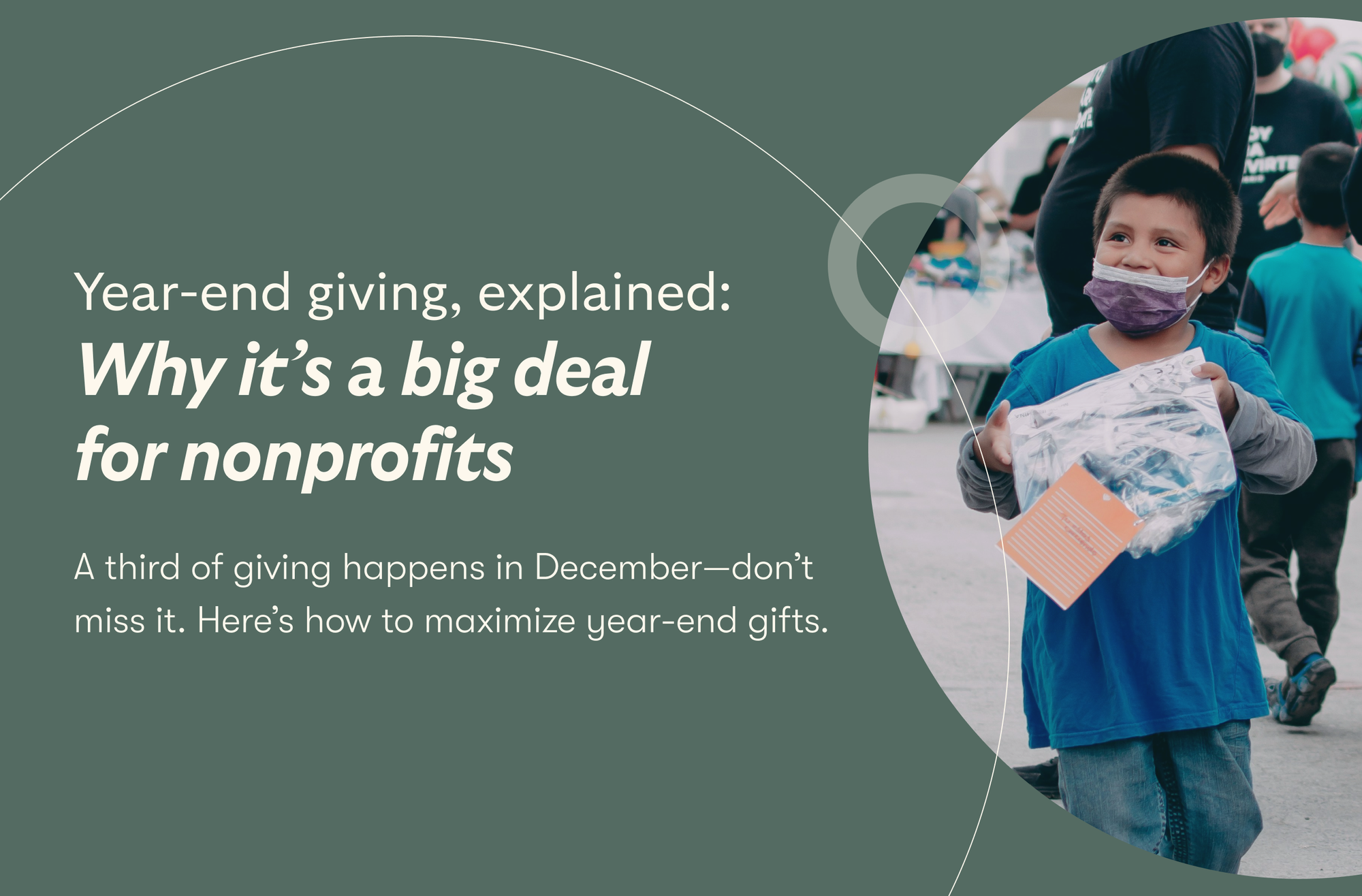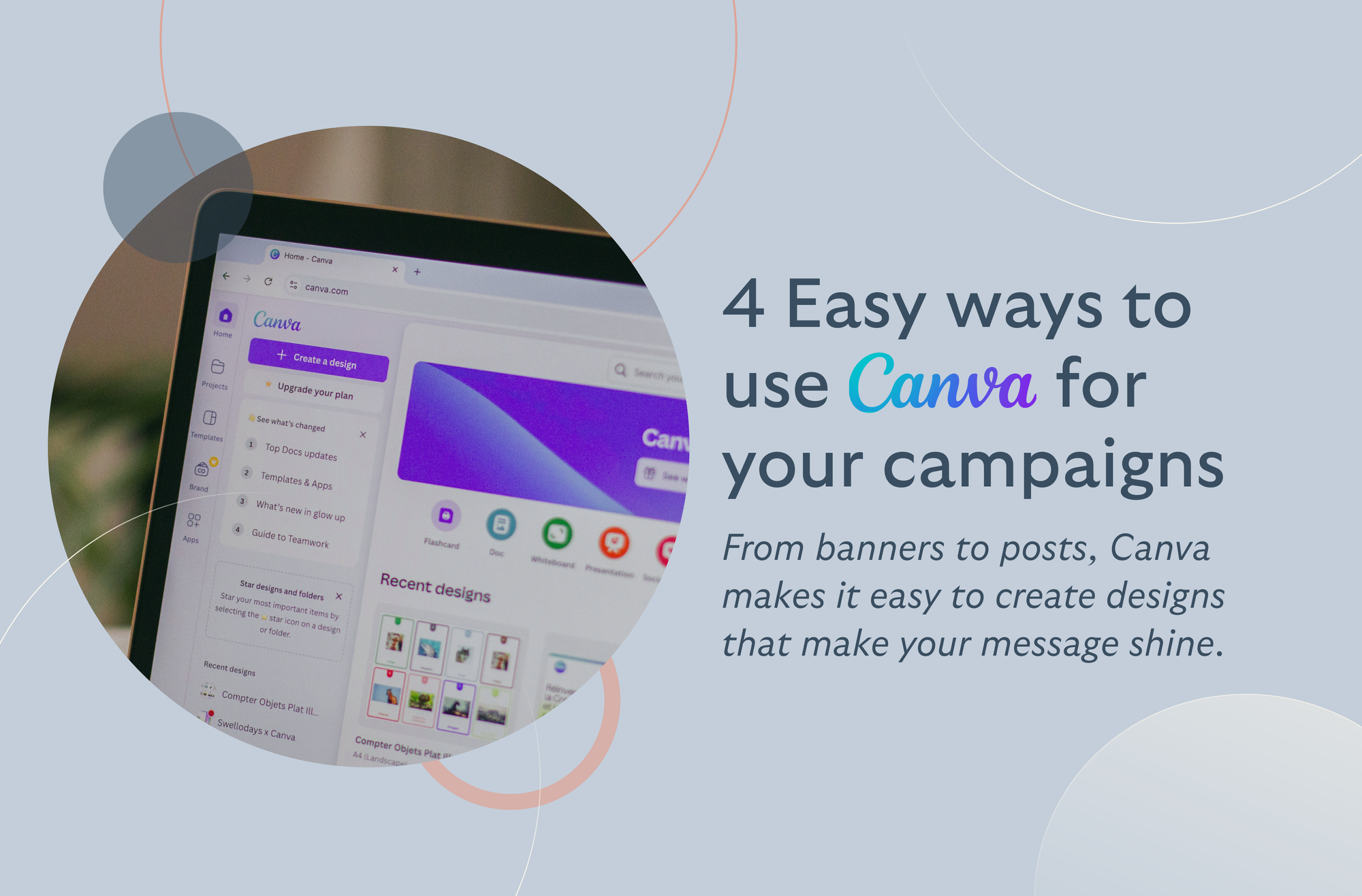Select and customize the fundraising method best suited for your organization
BetterWorld seamlessly integrates with both online and in-person auctions
Impress donors with creative raffle items and elegant online raffles
Create attractive donation pages that maximize donor impact and boost online giving
Why Nonprofit Partnerships Are Important For Fundraising?
By Whit Hunter

Working together can often lead to bigger and better results, and this is true for nonprofits, too. By teaming up with other organizations, nonprofits can share resources, reach more people, and come up with creative ways to raise money.
Today, we will explore how these partnerships work and why they're important for anyone looking to improve their fundraising efforts.
What Is Nonprofit Partnership?
Nonprofit partnerships are strategic alliances where two or more organizations come together to achieve shared goals.
These partnerships can vary widely, from sharing resources to joint programming or even merging organizations. Such collaborations often aim to use the unique strengths and capabilities of each partner to achieve the desired outcomes more effectively.
Types of Nonprofit Partnerships
- Corporate Sponsorships: Corporations financially support a nonprofit's programs in exchange for brand exposure.
- Service and Supply Sharing: Nonprofits collaborate to share critical services or supplies to reduce costs and improve efficiency.
- Joint Programming: Two or more nonprofits work together to deliver complementary programs to their audiences.
- Skills-Based Volunteerism: Companies encourage their employees to volunteer their professional skills to support nonprofit missions.
- Public-Private Partnerships (PPPs): Partnership between nonprofit and governmental bodies to deliver public services or address social needs.
- Research and Development Collaborations: Partnerships aimed at developing new technologies or solutions to social issues.
The Power of Collaboration
Working together with other organizations can significantly increase the reach and impact of your nonprofit’s message. When nonprofits partner, they combine their audiences, which helps to spread their message further and more effectively.
For instance, corporate partners can provide a larger platform and audience, increasing exposure and potentially bringing more donations.
Real-Life Examples of Successful Nonprofit Partnerships
Here are ten examples of successful nonprofit partnerships that have had a significant impact on fundraising.
The Salvation Army and Walmart
For more than 40 years, this partnership for holiday giving has helped provide toys and clothing to children in need during Christmas through in-store and online donations. The Salvation Army uses the convenience of shopping at Walmart to increase donations.
Team Rubicon and Jack Link’s
This partnership combines corporate sponsorship with skill-based volunteerism, increasing visibility and fundraising through matching donations and in-kind support. Team Rubicon is known for its work during disaster relief efforts.
Booktopia and Literacy Nonprofits
By partnering with organizations like the Indigenous Literacy Foundation, Booktopia has donated over $1 million worth of books to support education and literacy initiatives.
These examples highlight the power of collaboration in nonprofit fundraising. It is evident that partnerships can increase impact, engage broader audiences, and meet ambitious fundraising goals.
Benefits of Nonprofit Partnerships for Fundraising
Let’s look at some of the benefits of nonprorfit partnerships.
- By teaming up, nonprofits can increase their resources to attract bigger donations and access grants that require collaboration.
- Partnerships allow organizations to use each other's networks. It expands their reach to new audiences.
- Nonprofits can share tools, knowledge, and strategies, making their fundraising efforts more effective.
- Collaborating with other groups strengthens relationships within the community, which can lead to more support.
- Nonprofits can learn successful techniques and strategies from their partners, which helps improve their practices.
- Being linked with other reputable organizations can improve a nonprofit's reputation. It makes people more likely to donate.
- Partners can share their volunteer pools, giving access to more people willing to help.
- Relationships built through partnerships can evolve into ongoing support beyond a single project or campaign.
- By dividing expenses among themselves, nonprofits can reduce the cost of fundraising events and promotional activities.
- With more hands on deck, planning and executing large-scale events becomes easier and more efficient.
- Collaborations are often newsworthy, making it easier to get press coverage for events and campaigns.
- Working together leads to stronger programs and projects which increase the overall impact on the community.
Tips for Building Effective Nonprofit Partnership
With the following tips, nonprofits can build strong, effective partnerships that help them achieve more than they could alone.
Identify Compatible Partners
It's important to team up with organizations that share your nonprofit's values and goals. When partners are on the same page about what matters most, working together is smoother and more impactful.
Make sure that both parties are committed to the partnership's success.
Define Clear Objectives
Before starting a partnership, clearly define what you aim to achieve together.
Setting specific, measurable goals helps all parties understand the purpose of the collaboration and track progress. These goals can range from raising a certain amount of funds to expanding service offerings or increasing public awareness about an issue.
Communicate Effectively
Good communication is key to any successful partnership. Keep all lines open, share updates regularly, and be clear about needs and expectations from the start.
Regular meetings and updates ensure that everyone involved is informed and engaged throughout the partnership.
Review and Adapt
Finally, it's crucial to regularly check how the partnership is doing. Evaluate whether the collaboration meets the set goals and how it could be improved.
Being open to making changes and adapting strategies as needed will help maximize the partnership's effectiveness and ensure it continues to benefit all involved parties.
Try BetterWorld’s robust suite of charity & nonprofit fundraising tools for FREE!
Getting Started with Nonprofit Partnerships
Creating successful nonprofit partnerships involves careful planning and strategic outreach. Here's a simple guide on how to get started.
Step 1: Identify Potential Partners
Begin by identifying corporations or organizations that match your nonprofit's mission and values.
Understanding what each potential partner can offer is crucial. From financial support to expertise and other resources that complement your goals.
Step 2: Research and Select Partners
Once you have a list of potential partners, research them thoroughly. Look into their business practices, community engagement efforts, and reputation.
Make sure that the partnership will be mutually beneficial and aligned with your organization's ethics and objectives.
Step 3: Prepare for Outreach
Before reaching out, prepare a clear and compelling proposal that outlines the benefits of the partnership, what your organization can offer, and what you are seeking from the partnership.
Having a well-prepared pitch can make a significant difference.
Step 4: Make the First Approach
Contact potential partners through their community relations or corporate social responsibility teams. Initial contact should be professional yet personalized. It should highlight shared goals and potential benefits .
Step 5: Set Clear Guidelines and Expectations
Once a partner shows interest, it's important to define clear objectives and expectations. Outline roles, set measurable goals, and agree on how success will be evaluated.
Step 6: Draft a Formal Agreement
Putting a formal agreement in writing is important. This document should detail every aspect of the partnership agreement, including commitments, timelines, financial aspects, and any legal considerations.
It’s wise to have this document reviewed by legal counsel to ensure all parties' interests are protected.
Step 7: Establish Open Communication
Maintain clear and open lines of communication throughout the partnership. Regular updates and meetings will ensure all parties remain in the loop and any issues are addressed promptly.
Step 8: Promote and Evaluate the Partnership
Share the successes and milestones of the partnership publicly when appropriate.
Additionally, the partnership's effectiveness should be regularly evaluated against the set goals and adjustments made as necessary to improve outcomes.
Use The Power of Nonprofit Partnership To Increase Fundraising
Nonprofit partnerships have shown great results, helping organizations raise more money and achieve their goals faster. Today, these partnerships are just as important. For any nonprofit thinking about how to improve their fundraising, considering a partnership is a smart move.
Working together can open up new opportunities and bring more success in raising the money needed to make a difference.

Join 105,000+ amazing nonprofits, organizations, and fundraisers on BetterWorld

Let our FREE fundraising tools help you raise more funds with less effort








